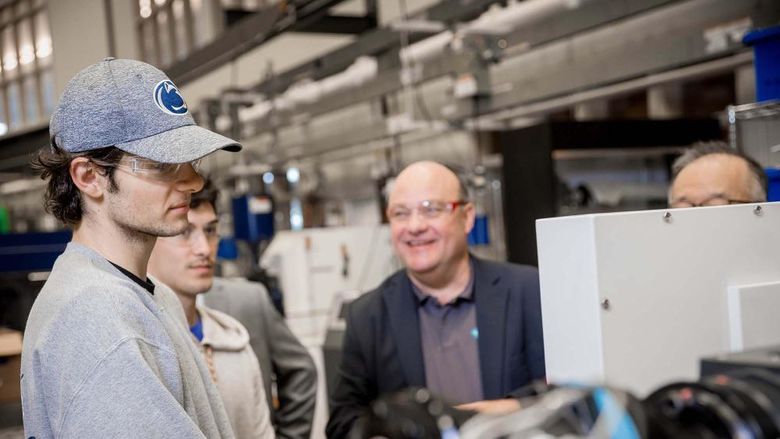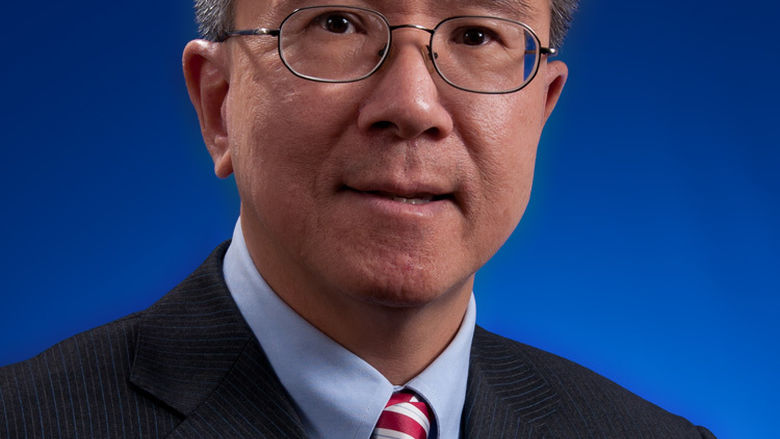ERIE, Pa. — The Federal Reserve Bank measures inequities in the labor force by looking first at individuals. Black men, for example, earn an average of 62% of what white men are paid; Black women earn even less. That gap compounds across the economy, in part because women and minorities often have less to spend, said Ken Louie, an associate professor of economics at Penn State Behrend and director of the Economic Research Institute of Erie.
If the earnings of all workers were raised to the median pay of white men, Louie said, the Pennsylvania economy would see a boost of $82 billion every year. In Erie County alone, the economy would grow by $765 million.
“That would be a windfall,” Louie said.
This year’s ERIE Conference, held July 25 in the Burke Center at Penn State Behrend, explored how closing equity gaps in the workforce could bring significant economic gains. The daylong program featured experts from Erie Insurance, the Pennsylvania Department of General Services, Moore Research Services and the Erie Racial Justice Policy Initiative, among other organizations.
The ERIE Conference is the signature event of the Economic Research Institute of Erie, an applied research unit of Behrend’s Black School of Business. Louie opened the program with an overview of recent economic trends and a deep dive into inequities in the local workforce.
“There is increasing interest in the consequences of not closing these gaps in the economy,” he said. “The biggest takeaway is that there are gains to be made, and the amounts are staggering.”
Raising earnings for all workers to the median pay of white men would increase gross domestic product in Erie County by 7%, Louie said.
Local lawmakers and city planners have attempted to address inequity, but the measures have not been applied consistently, said Cheryl Rush Dix, principal director of the STEM Equity Alliance. In 1985, for example, the city’s Administrative Code was amended to include Article 127, which focused on inclusion in city contracting. But the ordinance was never implemented.
“There is a cost of ‘not,” Dix said, “and we are paying that. We need the resolve to do better. We need to put our shoulders to the wheel and get somewhere.”
Other challenges have surfaced, however, according to Brian Slawin, the director and portfolio manager of Ben Franklin Technology Partners. John Deere and Tractor Supply recently stepped away from corporate commitments to diversity and equity. In June, the 11th Circuit U.S. Court of Appeals blocked the Fearless Fund, which invests in businesses led by women of color, from awarding grants. Conservative activists have argued in court that the fund is discriminatory.
“Overall, it feels like we are making progress,” said Slawin, “but it’s never going to be easy, and the path forward is not always going to be obvious.
“There is no finish line with DEI,” he added. “It’s simply a pathway. We are on that pathway, and we have to expect there will be bumps in the road.”
Robb Frederick
Director of Strategic Communications, Penn State Behrend





